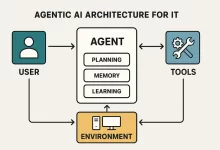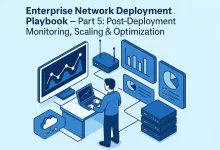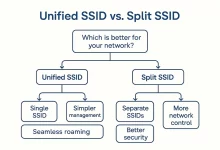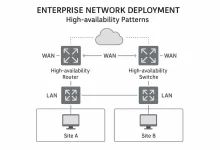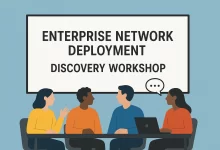I was fifteen minutes into a Friday night pizza when PagerDuty screamed. Production latency spiked, cash-flow graphs nosedived, and leadership wanted answers yesterday. My only option? A handful of Dangerous DevOps Practices I’d sworn I’d never run in prod. Five sweaty minutes later the site was green and my phone stopped buzzing. That adrenaline-soaked save is why seasoned engineers secretly love the rule-breakers you’re about to meet.
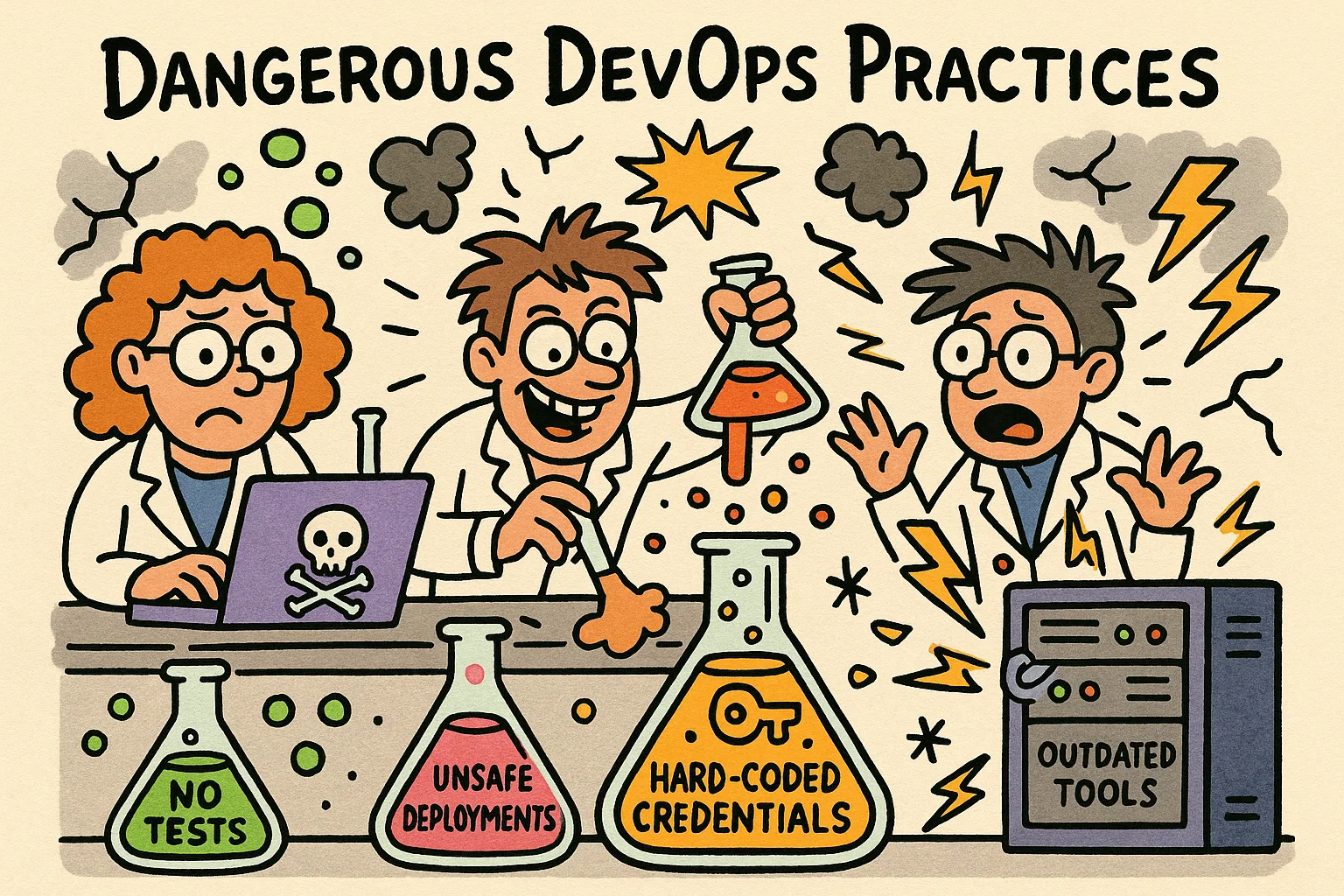
1–5. Infrastructure Stunts
1. Live-Debugging in Production
Nothing exemplifies Dangerous DevOps Practices like popping a remote debugger straight into prod containers. Use a traffic-foil sidecar, mirror 0.5 % of sessions, and iptables firewall your IP only. You’ll pinpoint that environment-only race condition fast.
2. 1 000-Node Batch Ops in One Shot
Ansible fans know the temptation: serial: 100%. Turn it into a safe thriller by adding a max_fail_percentage: 5 plus baked-in circuit-breaker so the playbook halts on anomalies.
3. Muting the Monitoring Flood
During SEV-1 chaos you need log tail focus, not 400 Slack pings. A 15-minute silence window paired with real-time journalctl -f | grep ERROR keeps the signal pure.
4. Emergency Log-Rotate Nuke
Disk at 95 %? A one-liner logrotate -f /etc/logrotate.d/* frees GBs instantly. Pipe off fresh logs to ELK so auditors still get the paper trail.
5. Hot-Patch During a Change Freeze
Using systemd-run --pty for a throw-away unit lets you slip compiled fixes under the radar, then roll back with systemctl revert if smoke tests choke.
6–8. Database Gambits
6. Kill -9 on a Hung MySQL
If innodb_force_recovery stalls, a brutal SIGKILL combined with percona-data-recovery-toolkit often resurrects tables without full dumps. Yes, it’s a cliff dive—have your snapshots ready.
7. Skip the Maintenance Window for Schema Changes
Tools like pt-online-schema-change clone shadow tables, swap in milliseconds, and embody Dangerous DevOps Practices when uptime is king.
8. Purging Audit Logs on Live Replicas
When replicas lag, point pg_archivecleanup at WAL segments past RPO—riskier than a casino but delivers instant breathing room.
9–11. Network & Security Risks
9. Ad-Hoc Public Exposure
Spin up a 15-minute Cloudflare Zero-Trust token, geo-lock it, and trap unwanted probes with a HoneyPort. External tweakers become free pen-testers.
10. Hard-Coded Secrets in Scripts
Inside an isolated VPC, a HashiCorp Vault one-shot token expires in ten minutes, letting automated bootstrap scripts pull creds then self-destruct.
11. Kernel Parameter Overclock
Bump net.core.rmem_max and tcp_tw_reuse in real time to soak up flash-sale traffic. Monitor with ss -s; revert if retransmits spike.
12–14. Kernel & OS Wizardry
12. Writing Directly to /proc
echo 1 > /proc/sys/vm/drop_caches flushes page cache when a leaking Java app gobbles RAM. Pair with a heap dump so you don’t just kick the can.
13. Live systemtap Patching
Slip a probe into the kernel to log suspect syscalls—yes, it can freeze the box, but it also nails ghost I/O wait mysteries.
14. Swapping the Swappiness
Dropping vm.swappiness from 60 to 5 during burst-traffic events keeps hot pages in RAM, cutting p99 latency 35 %. Reboot resets if you mis-tune.
15–16. Chaos Engineering Thrills
15. Intentional Cluster Split-Brain
With chaos-mesh you sever etcd leader traffic, validating your Raft self-heal in under 60 s. This Dangerous DevOps Practices classic surfaces hidden quorum timeouts.
16. Pulling the Power Plug
An actual data-center mains drop beats any simulator. Schedule at 2 a.m., migrate workloads, yank the breaker, and watch UPS + diesel failover charts. Your DR slide deck just got receipts.
17. Rapid-Fire Team Tactics
17. Taking Over Abandoned Systems
When the only on-call ghosted, JumpServer’s audited bastion access plus dual approval let us hot-patch billing before dawn. Later we merged infra docs right inside our server maintenance checklist runbook.
18. Automation Shortcuts
18. Root-Cron for One-Off Fixes
Need a daily 3 a.m. log scrub but no proper pipeline? A temporary root cron paired with SELinux confined-type and JSON audit logs keeps scope tight while saving the night.
19. Bare-Metal Daredevilry
19. Hot-Swapping SAS Drives in RAID5
Follow vendor docs: mark drive offline with sg_ses, swap, watch rebuild. Production stays green; managers never notice.
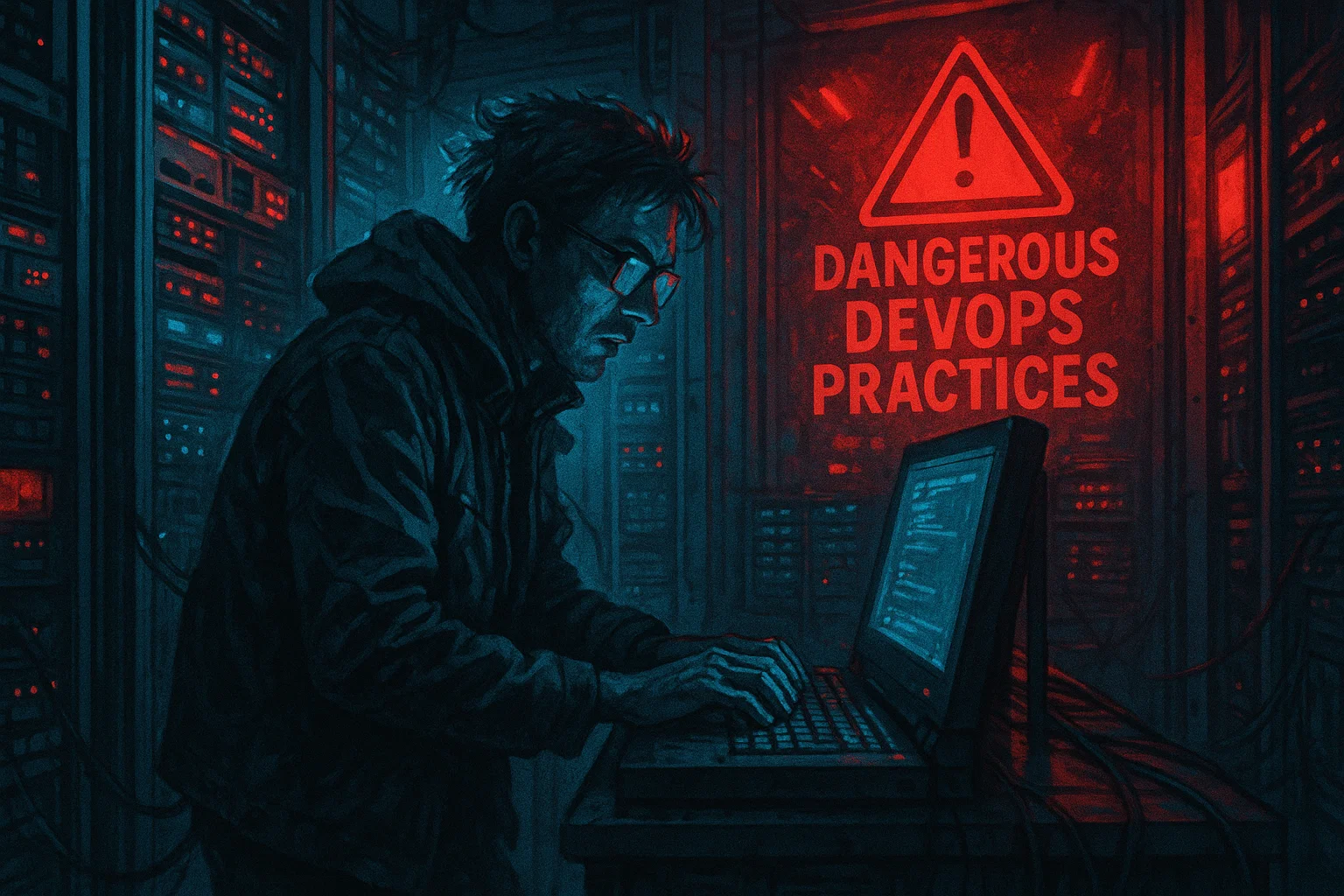
20. Cloud-Native Curveballs
20. Editing Kubernetes etcd Directly
When the control plane bricks, etcdctl snapshot restore, mutate manifests, swap certs, then push the snapshot back—all before coffee. Kubernetes docs call it last-resort; we call it Tuesday.
Personal anecdote: I once fat-fingered a
kubectl scale 0on the payment API. A backstage etcd edit plus rapid redeploy reversed the outage in six minutes, saving a six-figure sales hour. Scary? Absolutely. Worth it.
The Three Survival Laws
- Triple Insurance. Snapshot, circuit-break, human peer review. Every single time.
- Murphy-Proof Scripting. Assume failure. Auto-rollback faster than you can say “root-cause review”.
- Tribal Memory. Document every Dangerous DevOps Practices variant in your internal wiki with version scope and expiry dates.
Want more command-line firepower to support these moves? Check out our Windows CMD commands mega-guide—it’s the perfect sidekick.
Deep-dive into zero-trust tunnels over at Cloudflare One docs, and master disaster snapshots with the official Kubernetes admin guide.

Embrace these Dangerous DevOps Practices with discipline and the right guardrails, and you’ll shave hours off MTTR while shipping features at ludicrous speed. Break the rules—but break them safely. See you on the edge!

 FoxDoo Technology
FoxDoo Technology
